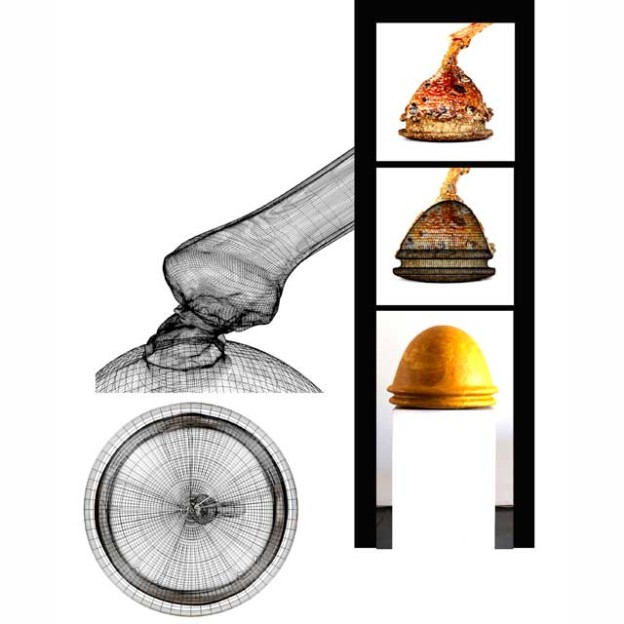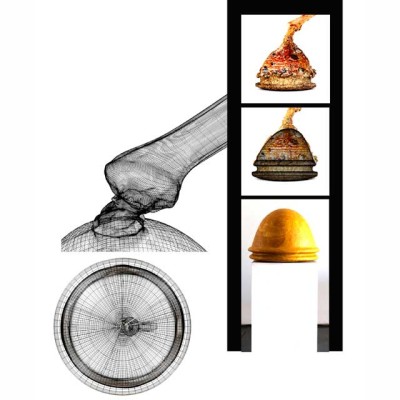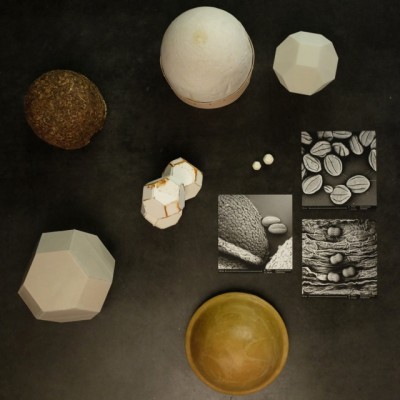I want to populate cities with a network of Guerilla Beehives. These beehives should offer shelter to bee colonies ‘in the wild’ – rather than force bees into artificial apiaries. The bee colony should be able to thrive without the help of a beekeeper. Guerilla-beehives are intended for pollination and thus preservation and remediation of biodiversity.
Is it possible to produce Beehives that are as aesthetic and as strong as the examples from nature? The models in this study are created from iterative processes where biomimesis inspired ideas are explored through the production of mock-ups.
I imagine a world where biological fabrication replaces traditional manufacturing and thus where new sustainable beehives can be generated simply by growing them. The design of such beehives will be inspired by art forms from nature and so I am searching the scientific literature to find the requirements for an ideal honeybee nest and create physical prototypes using smart and organic materials.
A Guerilla Beehive is intended to function completely independently. I equip them with biodegradable sensors that make distant, non-intrusive monitoring possible. The hives therefore do not need to be opened and bees do not need to be disturbed to monitor the colony. The audio- and visual data is aggregated, processed and shared in real time over the Internet. Moreover I believe that solar energy, honey batteries or microbial fuel cells can power the sensors and I am collaborating with scientists to make this possible.
The whole system is set up as a fully organic project: cradle-to-cradle. If the bees decide to leave the hive in search for another home, the hive (with its integrated electronics) will biodegrade and compost completely.


